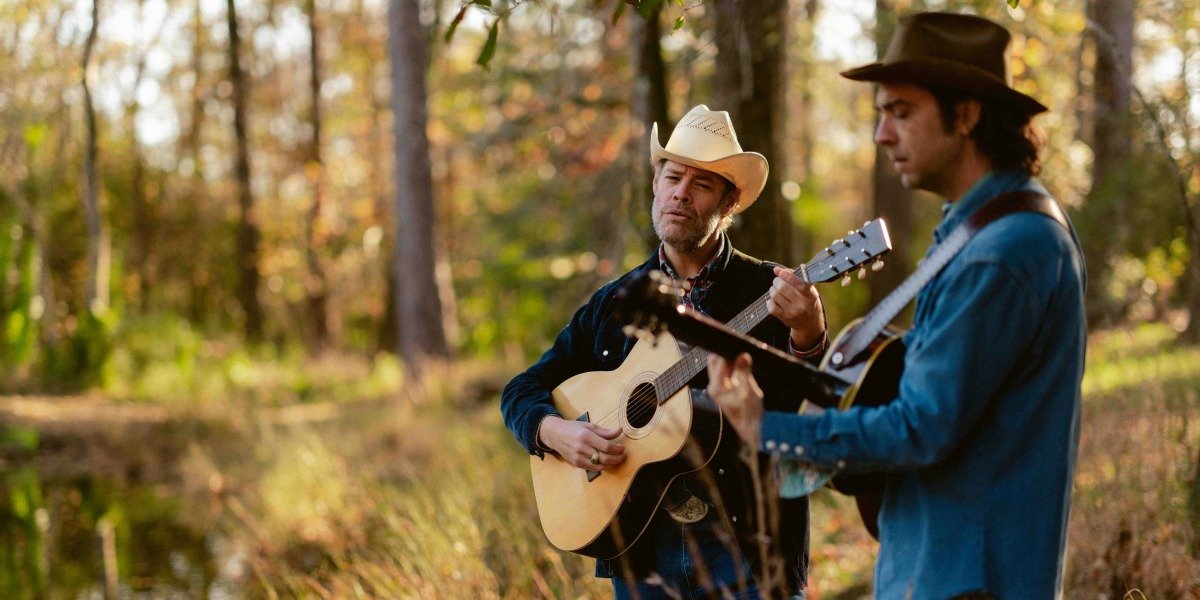Experiencing Seasonal Changes in Natural Parks
California’s fall season brings subtle shifts in temperature and color. While the state doesn’t experience dramatic seasonal changes in every region, certain areas offer clear signs of autumn. Yosemite National Park is one example. Visitors often notice cooler mornings, golden leaves, and quieter trails. The Valley Loop Trail provides access to scenic views without requiring advanced hiking skills. Short walks along this route allow for peaceful observation of changing foliage.
Lake Tahoe also reflects seasonal transitions. The Mount Rose Meadows Trail is known for early leaf changes in October. Hikers often see yellow and orange tones among the trees, especially in Hope Valley, which sits just south of the lake. These areas offer gentle terrain and open views, making them suitable for casual walkers and photographers.
Big Sur presents a different kind of fall experience. The coastal air becomes crisp, and the redwoods take on deeper tones. Visitors often stop near Bixby Creek Bridge to take in the view. Short hikes through forested areas provide a quiet setting for reflection. The beaches near San Simeon may host elephant seals, adding a wildlife element to the outing.
These parks and trails offer a way to observe seasonal change without needing specialized gear or training. They support relaxation and curiosity, making fall a comfortable time to explore.
Engaging in Low-Impact Outdoor Recreation
Fall weather in California often supports low-impact activities. Mild temperatures and reduced crowds make it easier to enjoy outdoor spaces without physical strain. Walking, birdwatching, and photography are common choices. These activities allow for movement and engagement without requiring high endurance.
Napa Valley offers gentle trails and open views. Visitors often walk along the Silverado Trail or explore Bothe-Napa Valley State Park. The changing colors of the vineyards create a calm visual experience. These areas also support short hikes, which can be adjusted based on comfort level.
Half Moon Bay is known for its pumpkin patches and seasonal farms. Visitors often stroll through fields, choose pumpkins, or participate in light activities like hayrides. These outings support family participation and don’t require athletic preparation.
Mammoth Lakes provides access to mountain views and forest trails. In fall, the area becomes quieter, and the air feels cooler. Short hikes or lakeside walks allow for nature observation without elevation gain. These activities support emotional balance and physical comfort.
Low-impact recreation helps people connect with nature at their own pace. It reduces pressure and supports mental clarity, especially during seasonal transitions.
Supporting Emotional Well-Being Through Nature
Spending time outdoors during fall can support emotional health. The slower pace of the season encourages reflection and calm. Natural settings often reduce stress and support mood regulation. This effect is linked to sensory input—such as the sound of leaves, the feel of cool air, or the sight of open space.
California’s varied terrain allows for different types of sensory engagement. Coastal areas offer rhythmic waves and open skies. Forested regions provide quiet and shade. Mountain trails present wide views and crisp air. Each setting supports a different kind of emotional response.
Activities like walking or sitting outdoors help regulate breathing and reduce tension. These effects don’t depend on intensity. Even short periods in nature can support emotional balance.
Social outings also contribute. Visiting a farm, hiking with a friend, or attending a seasonal event creates shared experiences. These moments support connection and reduce feelings of isolation.
Fall’s slower rhythm encourages people to pause and observe. This supports emotional awareness and helps build resilience. Nature becomes a steady presence, offering comfort without demand.
Planning for Comfort and Safety
Preparing for outdoor activities in fall involves simple steps. Layered clothing helps manage temperature changes. Mornings may feel cool, while afternoons warm up. Comfortable shoes support walking on uneven ground. Sunscreen and water remain important, even in cooler weather.
Checking trail conditions or park hours before visiting helps avoid surprises. Some areas may close early or require reservations. Planning ahead supports relaxation and reduces stress.
Packing light snacks or warm drinks can make outings more enjoyable. These items support energy and comfort, especially during longer walks or quiet observation.
Respecting natural spaces is part of preparation. Staying on marked trails, avoiding litter, and observing wildlife from a distance helps preserve the environment. These habits also support safety.
Fall activities in California don’t require complex planning. A few thoughtful choices help create a calm and enjoyable experience. Nature offers steady support, and the season invites gentle exploration.






